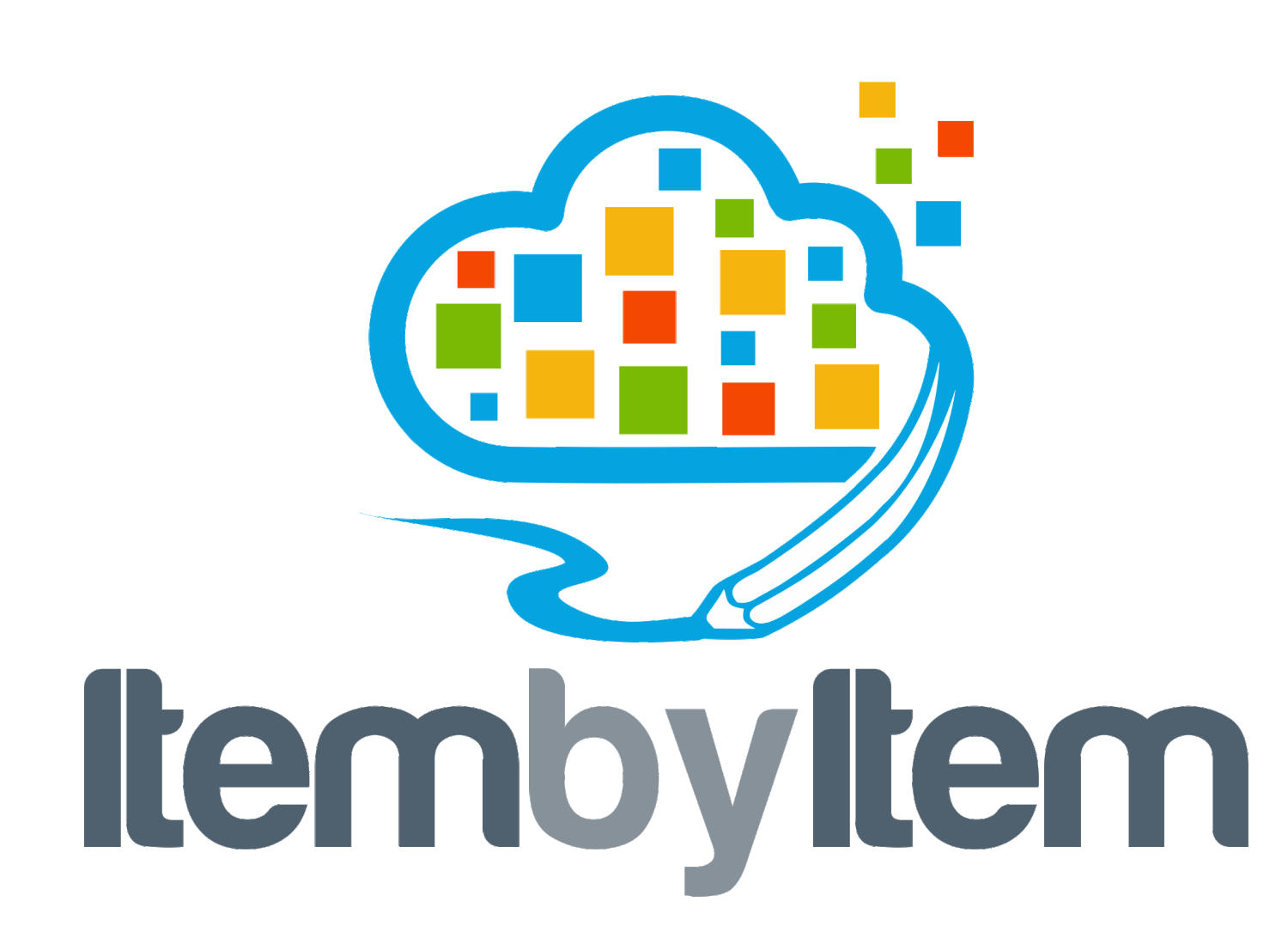FDA approved the latest insomnia cure
How many classroom trainings have you been to where you felt like taking a nap? These are the trainings where the instructor lectures with minimal exercises since he has to cover so much content, the classroom is packed, learners are not engaged and keep checking their phones, and you wonder if this training is a waste of your time.
Okay, maybe this example is slightly exaggerated…
I also hope you got to experience that one great classroom training; you loved how the content was organized and the course was designed, the instructor was knowledgeable and engaging, the other learners were nice and inclusive, the class was the right size, and you felt like you gained skills and knowledge that you can apply to your day to day work.
What a contrast between the two different classroom experiences? What made the first one so bad but the second one so good? There is not a silver bullet answer to this question.
In my opinion, three key actions will help you to create a great ERP implementation classroom training with desired outcomes.
Assess the need for a classroom training
Consider the knowledge levels of learners
Invest in the design and delivery of the classroom training
ASSESS THE NEED FOR A CLASSROOM TRAINING
“Do you really need to teach this topic in a classroom?” is the first question you must answer. Classroom trainings are expensive and time-consuming. When they are done well, they can be very effective. They should be used when they are needed the most.
To determine if you need one, you should do the following evaluation;
Split your ERP training content into topics based on difficulty and complexity from levels 1 to 5, 1 being the simplest and 5 being the most complex.
Use the general guideline that level 1 through 3 topics should be delivered through online trainings, newsletters, and other similar ways in which the learners can self-consume them. Levels 4 and 5 topics should be covered in a classroom. These are the topics where instructors can elaborate, discuss different scenarios, answer questions, and learners can collaborate with each other to reinforce the skills that are gained.
By focusing on level 4 and 5 complexity levels in your classroom trainings, you will make the most of your training investment.
CONSIDER THE KNOWLEDGE LEVELS OF LEARNERS
It is very important to have learners in a classroom that have a similar level of expertise and knowledge about the ERP system that you are implementing. This will make sure the classroom training is most effective and it can build on top of the skills that learners already have. If learners are at very different knowledge levels, the classroom training can leave everyone frustrated; the beginners will feel rushed and advanced learners will feel like they wasted their time.
Below is a list of actions you can take to prevent that from happening;
Provide online training prior to classroom training to bring the learner’s knowledge to the desired level
Monitor learner’s progress during the online training period and make sure they are encouraged and engaged
Assess learner knowledge quickly prior to or at the beginning of the classroom training to make sure they are at the level that you were expecting
INVEST IN THE DESIGN AND DELIVERY OF CLASSROOM TRAINING
Instructional design and delivery is a deep topic as there are many studies and theories about each. If you create classroom training only for the topics that you absolutely need, you can make them much more effective and engaging, instead of rushing the design and development processes and creating training that will put the learners to sleep.
For ERP classroom training, I found the following guidelines help the most;
Create ERP content that is skill-based and applicable to learner’s jobs.
Split the content into small consumable chunks, not more than 20 minutes in length
Curate your content with each class delivered so that it gets better. Listen to feedback and add more relevant topics and remove things that are not useful.
Reinforce your content with exercises created using interactive learning techniques like puzzles, pairing up, tournaments, storytelling, and polls.
Make sure the instructor is someone who can connect with the audience, enthusiastic, speaks clearly and with authority
Make sure the classroom environment is comfortable, organized, has fresh air, and is appropriately lit. For ERP training, you should not have more than 15 learners per class.
Provide coffee, water, and snacks. Snacks are very important, as they become conversation pieces and keep learners alert and engaged.
All ERP training presents a value in return for the investment that is done towards it. Classroom training is a crucial part of this investment. You should examine the need for care as well as the scope to find the best equilibrium between the classroom and online delivery for your ERP implementation training.

